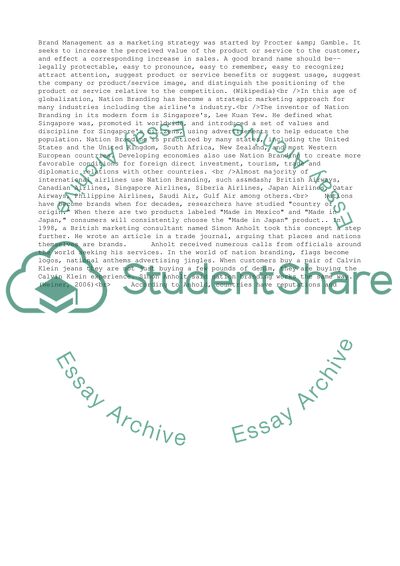Cite this document
(“Qatar Airways Marketing Strategy Case Study Example | Topics and Well Written Essays - 3500 words”, n.d.)
Retrieved de https://studentshare.org/business/1506451-qatar-airways-marketing-strategy-and-tourism
Retrieved de https://studentshare.org/business/1506451-qatar-airways-marketing-strategy-and-tourism
(Qatar Airways Marketing Strategy Case Study Example | Topics and Well Written Essays - 3500 Words)
https://studentshare.org/business/1506451-qatar-airways-marketing-strategy-and-tourism.
https://studentshare.org/business/1506451-qatar-airways-marketing-strategy-and-tourism.
“Qatar Airways Marketing Strategy Case Study Example | Topics and Well Written Essays - 3500 Words”, n.d. https://studentshare.org/business/1506451-qatar-airways-marketing-strategy-and-tourism.


